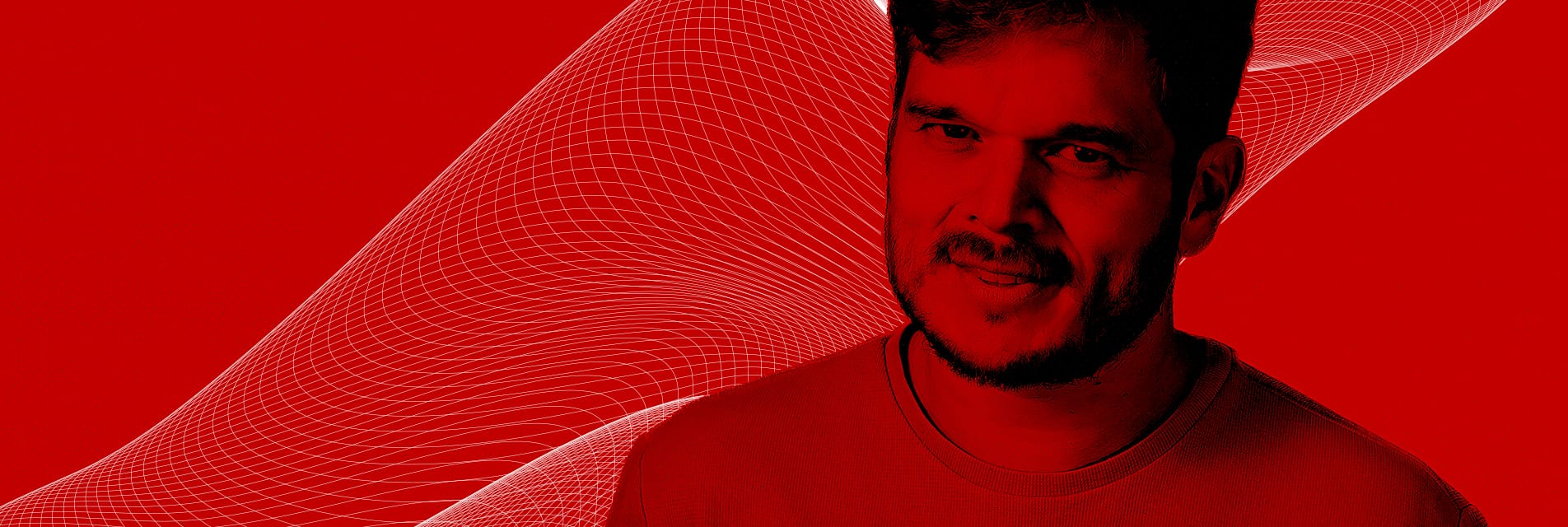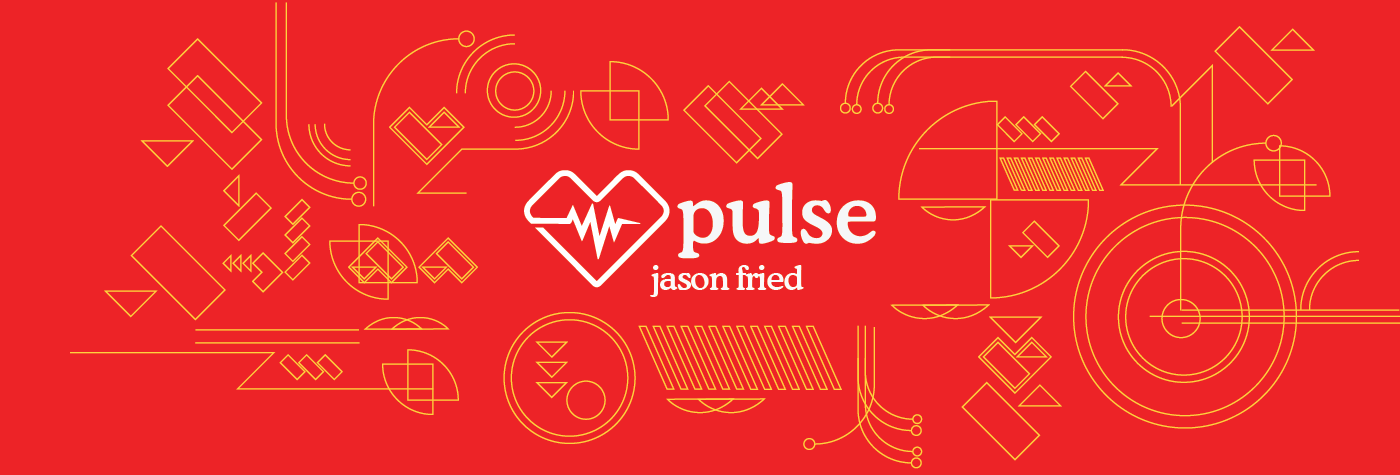Our CEO has been doing it for 17 years now. Working remotely. It requires a deliberate approach to culture, collaboration, and communication. We've learned what it takes to create an effective remote-first environment that fosters both productivity and team cohesion. Here are a couple of our secrets.
Remote-first isn’t just remote-allowed
A remote-first company isn’t simply one that allows employees to work from home. It’s one where systems, processes, and culture are designed around distributed teams from the ground up. The biggest mistake companies make is treating remote employees as second-class citizens while favouring those who work in the office.
One way to avoid this is to level the playing field in meetings. If one person joins remotely, everyone should join from their own computer to ensure equal participation. This small but significant shift prevents remote workers from being left out of the conversation.
Redefining culture beyond the office
The office used to be the default setting for social interaction, but in a remote-first company, culture needs to be actively designed. At madewithlove, we focus on knowledge-sharing and respect rather than superficial perks. We encourage team bonding through structured activities such as weekly virtual coffee chats, dedicated Slack channels for chit-chat, animated Friday-calls, internal blogs for sharing insights, and an annual retreat where the entire team gathers in person.
Rather than trying to mimic water cooler chats, we focus on creating meaningful interactions by pairing team members for informal catch-ups. We also promote transparency through company-wide updates, where everyone is encouraged to share both personal and professional highlights. We’ve even built our own tools to support this: Kafeneio randomly matches colleagues each week for a chat, while Take Five brings together teams to compete in a weekly quiz.
Async & structure to the rescue
Remote work doesn’t mean working in isolation. To keep collaboration strong, we invest in asynchronous documentation and clear communication guidelines. Every Monday, team members outline their past and upcoming work, giving everyone visibility into priorities.
We also embrace pair programming and collaborative code reviews to keep engineers engaged and learning from one another. Unlike in an office, where informal learning happens through overheard conversations, remote teams need structured opportunities to exchange knowledge.
Hiring for a remote-first mindset, avoid nomadic profiles
Not everyone thrives in a remote environment. We’ve learned that hiring people who communicate well, take ownership, and proactively seek information is critical to success. When assessing candidates, we prioritise cultural fit over formal qualifications, looking for those who bring curiosity and initiative to the team.

Your product deserves grown-up leadership
We join fast-moving teams to bring calm, clarity, and technical strategy when it matters most.
The secret to accountability in remote teams
Giving people autonomy doesn’t mean sacrificing accountability. We operate under the principle of free-range management (https://freerange.management/), which empowers employees to manage their own work while expecting them to communicate openly when they need help.
Instead of micromanaging, we focus on clear expectations and structured feedback. Every team member undergoes a semi-annual review where we collect peer feedback and assess alignment with company values. We also use a system of on-demand feedback, where peers are being asked to give their feedback to those who will have a semester review.
We also encourage giving shoutouts and feedback in our everyday routine.
The power of saying no, internally and externally
Maintaining a strong remote culture also means being selective about the clients we work with. We say no to projects where we don’t believe we can make an impact or where alignment is lacking. Internally, we encourage team members to challenge decisions that don’t align with our principles, ensuring that every project we take on is set up for success.
Conclusion: build a sustainable remote future
Designing an environment where people can do their best work. With the right foundations in place, remote-first teams can achieve both high performance and deep connections, no matter where they are in the world.
If you’re looking to optimise your remote setup, madewithlove can help. Our team of experienced CTOs and engineers can guide you in building a culture that fosters both technical excellence, a healthy documentation setup and a thriving team cohesion.










Member discussion